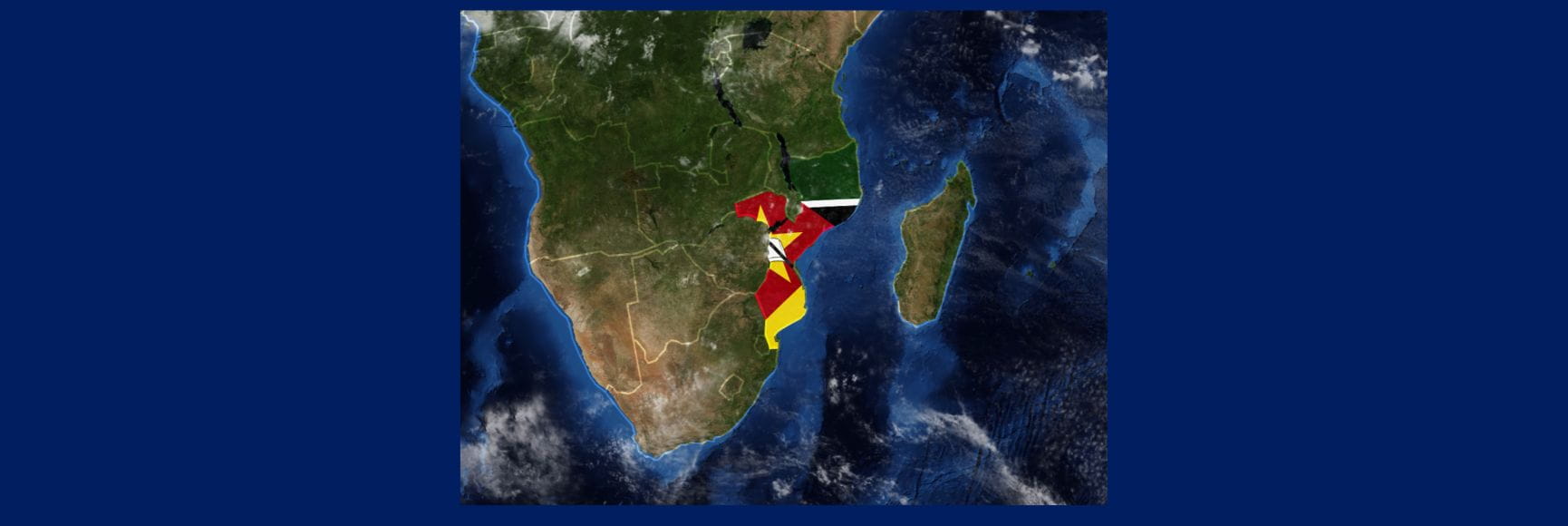
Posted by Yugo Koshima[1]
Assets owned and managed by the government are fundamental to the provision of key public services. They can also become a source of revenue or financing, providing additional resources to the budget. Unfortunately, inefficiency in asset management has proved a headache for many governments. Worldwide, many cases have been reported of the mismanagement of public assets or government shareholdings in state-owned enterprises.
Nonfinancial assets comprise a large part of government wealth. On average of 15 countries included in the IMF’s Public Sector Balance Sheet database, nonfinancial assets amount to 121 percent of GDP, of which lands comprise about one-fifth. The privatization and leasing of government-owned lands have been an especially high-risk area and a plentiful source of financial irregularities. Moldova, a country in Eastern Europe, is no exception to this. As a legacy of its past communist regime, around half of the country’s lands are still owned by the government. This figure is probably underestimated because many lands are yet to be registered or appraised. These lands include not only those beneath natural resources (e.g., forests or water basins) and infrastructures (e.g., roads) but also residential and commercial assets, which can generate monetary profits.
To protect government lands from misuse, useful lessons can be learned from the avoidance schemes that are widespread in Moldova. In February 2018, the Court of Accounts published an audit report on the management of government-owned lands. The report estimated that the revenue loss from irregularities and avoidance schemes in the management of local government lands was about 1.9 percent of GDP in 2018. The own revenue of local governments would have been doubled if these lands had been properly managed.
Examples of abuse include the following:
- Abusive construction: In Moldova as well as in many other countries, an owner of a building is granted a right to occupy the land on which the building stands for a long period of time. For the owner, the cost of leasing the land tends to be much cheaper than the price of buying the land. Several lessees in Moldova have taken advantage of these rights. They first obtained construction permits and then built a minor structure such as a fence or shack on the land owned by the local government. Once the construction was completed, the local government had no choice but to lease the lands to the developer, who was then able to secure large economic rents by using the land and buildings for commercial gain.
- Innocent purchaser: In many countries, there is a legal principle of an “innocent purchaser” where even if a seller of an asset is not the legal owner (i.e., does not have “good title”), a buyer without knowledge of that fact can still acquire title to the asset. In Moldova, the auditors reported a privatization case of local government lands that included some irregularities. The original buyer could not obtain good title to the asset due to these irregularities. However, the lands were subsequently sold multiple times. Because of the “innocent purchaser” principle, the last buyer was able to acquire the title. The audit report revealed that one of the persons involved in this chain of transactions was only 4 years old! This creates a suspicion that these persons were not all “innocent”.
- Failed concession: The weaknesses of control over concessions or public-private partnerships in Moldova also provide an opportunity for wrongdoers to abuse the law. The audit report describes the case of a local government that leased to a concessionaire some land adjacent to a park for the construction of a children’s nonprofit leisure center. However, the concessionaire did not build the leisure center but instead subleased the land to another company, which in turn built commercial buildings on the site. This company seems to have acquired the right to use the land based on the concept of abusive construction noted above.
In none of these three cases did local government seem to take any action against the lessees, to take back ownership of the asset concerned, or to enforce the concession agreement and stop the abusive construction. Indeed, many local governments exercise weak controls over the management of their lands, or do not even recognize the lands’ existence. In fact, around one-third of lands in Moldova have not been delimited (i.e., measured) or registered at the real estate agency.
There is no easy solution to preventing misuse of government lands. In Moldova, the central government has recently launched a mass delimitation exercise to measure and register all lands in the country by 2023. In addition, controls over the leasing of lands exercised by the central government’s Public Property Agency have been strengthened. However, these controls do not apply to local governments, which have an autonomous status. Audit reports are not a sufficient safeguard. Some other mechanism will need to be found to monitor and take remedial actions against land irregularities at the local government level.
[1] Yugo Koshima is an Economist in the IMF’s Fiscal Affairs Department.
Note: The posts on the IMF PFM Blog should not be reported as representing the views of the IMF. The views expressed are those of the authors and do not necessarily represent those of the IMF or IMF policy.







